
Rio faces $1.9bn cost blowout, delays at Oyu Tolgoi
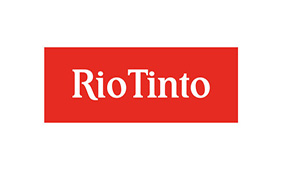
The company revealed on Tuesday that difficult ground conditions could blow out the estimated cost of the expansion (currently pegged at $5.3 billion) by as much as an additional $1.9 billion.
It also warned of further delays of up to two and a half years.
The first sustainable production is now expected between May 2022 and June 2023, though Rio said a final estimate cost and schedule would be announced in the second half of 2020.
“Ground conditions are more challenging than expected and we are having to review our mine plan”
Stephen McIntosh, Rio Tinto.
The mining giant noted the update would reflect the “preferred mine design approach,” since changes to planned underground infrastructure such as the ore handling system and access ramps have to be considered.
“Ground conditions are more challenging than expected and we are having to review our mine plan,” Rio Tinto group executive, growth and innovation, Stephen McIntosh, said in the media statement.
“Delays are not unusual for such a large and complex project, but we are very focused as a team on finding the right pathway to deliver this high value project,” McIntosh said.
The company also said it was reviewing the carrying value of the project and could announce an impairment charge when it announces half-year results next month. Rio has also agreed to build a power plant to supply the mine, which will make the final cost of the project even higher.
New mine design
Turquoise Hill (TSE, NSYE: TRQ), the Rio-controlled company that owns 66% of Oyu Tolgoi, said they have already identified a number of mine designs to address the stability risks associated with the original expansion design.
Issues with the underground project first emerged in October, when a nine-month delay to sustainable production was announced due to technical problems.
The companies have been using block-caving mining at the asset. Although technically challenging, it’s deemed as one of the most cost-effective mining methods for extracting ore buried deep below the surface.
For block-caving to effectively work, weak and fractured rock needs to collapse under pressure from gravity. Rio Tinto chief executive Jean-Sébastien Jacques had previously said that rock collapses too easily at Oyu Tolgoi.
“Starting a block cave correctly is critical to its long-term safety and viability. Analysis suggests that the current mine design carries stability risks leading to a number of alternative mine designs being considered with work currently at the conceptual study phase,” Edward Sterck, analyst at BMO Capital Markets, said in a note to investors. “The alternative plans may require relocation of critical underground infrastructure and a change in mining sequence.”
Copper hunger
Rio has stepped up efforts to find new copper deposits worthy of being developed into mines, since demand for the industrial metal is expected to grow further as the world shifts to cleaner forms of energy.
The company’s board of directors approved the underground expansion of the massive Mongolian mine in the Gobi desert three years ago, but progress has been slow due to a series of disagreements between Rio and the country’s government, including differences over taxes owed and a power contract.
“Current information indicates that Oyu Tolgoi mineral reserves will not be materially impacted by the Hugo North mine design options being considered; however, ongoing reviews will be considered as the work progresses,” Turquoise Hill said in a separate statement.
Tuesday afternoon, Turquoise Hill’s stock reached shares were trading down over 42%, pushing the company’s value down to $1.2 billion.
Oyu Tolgoi was discovered in 2001 and Rio gained control of it in 2012. Once finished, the expansion is expected to lift the mine’s production from 125–150kt this year to 560k tonnes of copper concentrate at full tilt from 2025, making it the world’s third-largest copper mine.
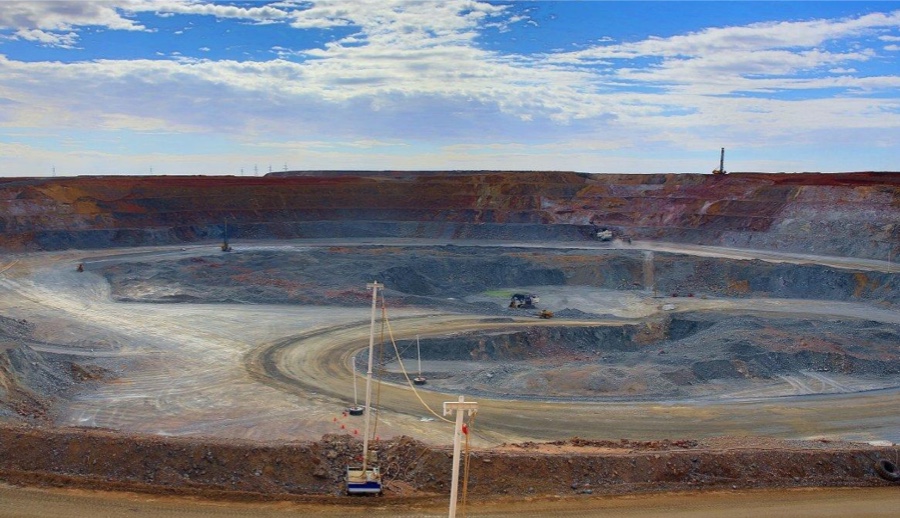


Gold price eases after Trump downplays clash with Fed chair Powell

Copper price hits new record as tariff deadline looms

Brazil producers look to halt pig iron output as US tariff threat crimps demand

Three workers rescued after 60 hours trapped in Canada mine

Gold price could hit $4,000 by year-end, says Fidelity

Chile’s 2025 vote puts mining sector’s future on the line

US targets mine waste to boost local critical minerals supply

Energy Fuels surges to 3-year high as it begins heavy rare earth production

Glencore workers brace for layoffs on looming Mount Isa shutdown
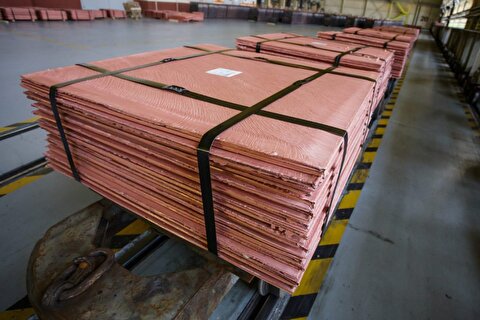
Trump tariff surprise triggers implosion of massive copper trade
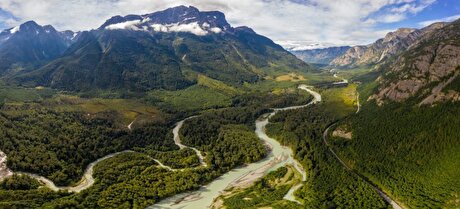
Maxus expands land holdings at Quarry antimony project in British Columbia
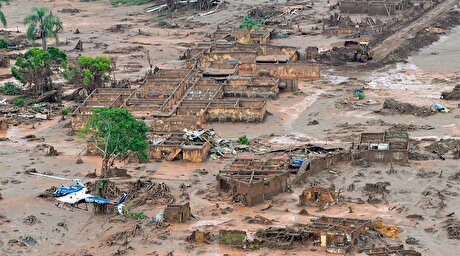
BHP, Vale accused of ‘cheating’ UK law firm out of $1.7 billion in fees
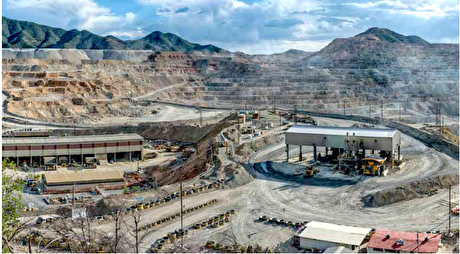
Southern Copper eyes $10.2B Mexico investment pending talks
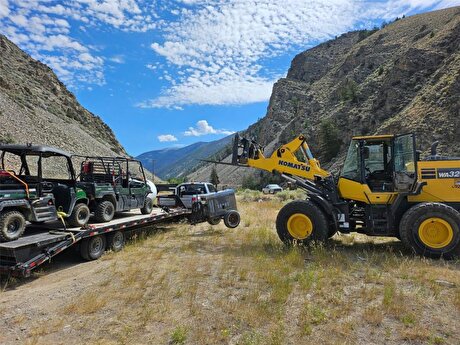
American Tungsten gets site remediation plan approved for Ima mine in Idaho

Kinross divests entire 12% stake in Yukon-focused White Gold

Gold price could hit $4,000 by year-end, says Fidelity

Southern Copper expects turmoil from US-China trade war to hit copper

Ramaco Resources secures five year permit for Brook rare earth mine in Wyoming

Column: EU’s pledge for $250 billion of US energy imports is delusional

Trump tariff surprise triggers implosion of massive copper trade

Maxus expands land holdings at Quarry antimony project in British Columbia

BHP, Vale accused of ‘cheating’ UK law firm out of $1.7 billion in fees

Southern Copper eyes $10.2B Mexico investment pending talks

American Tungsten gets site remediation plan approved for Ima mine in Idaho

Kinross divests entire 12% stake in Yukon-focused White Gold

Gold price could hit $4,000 by year-end, says Fidelity

Southern Copper expects turmoil from US-China trade war to hit copper

Ramaco Resources secures five year permit for Brook rare earth mine in Wyoming














